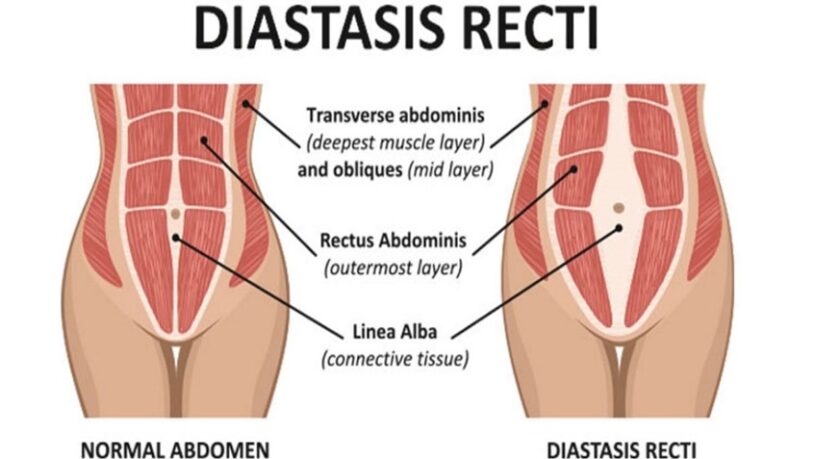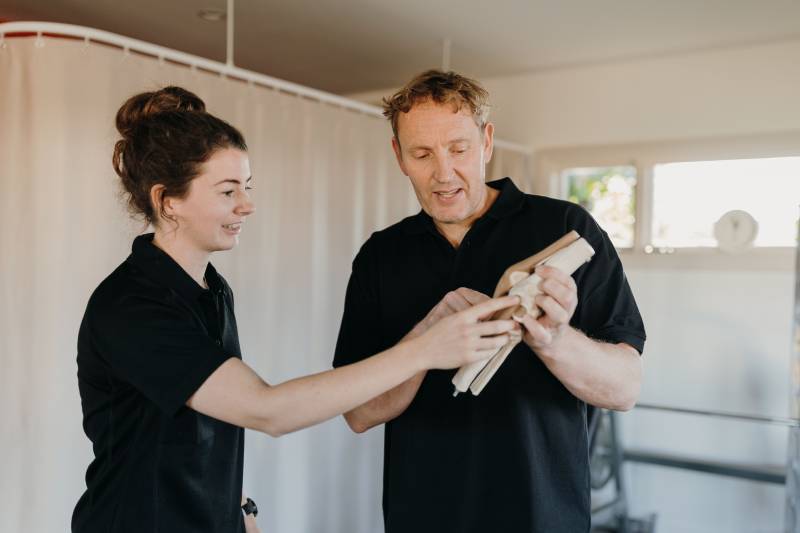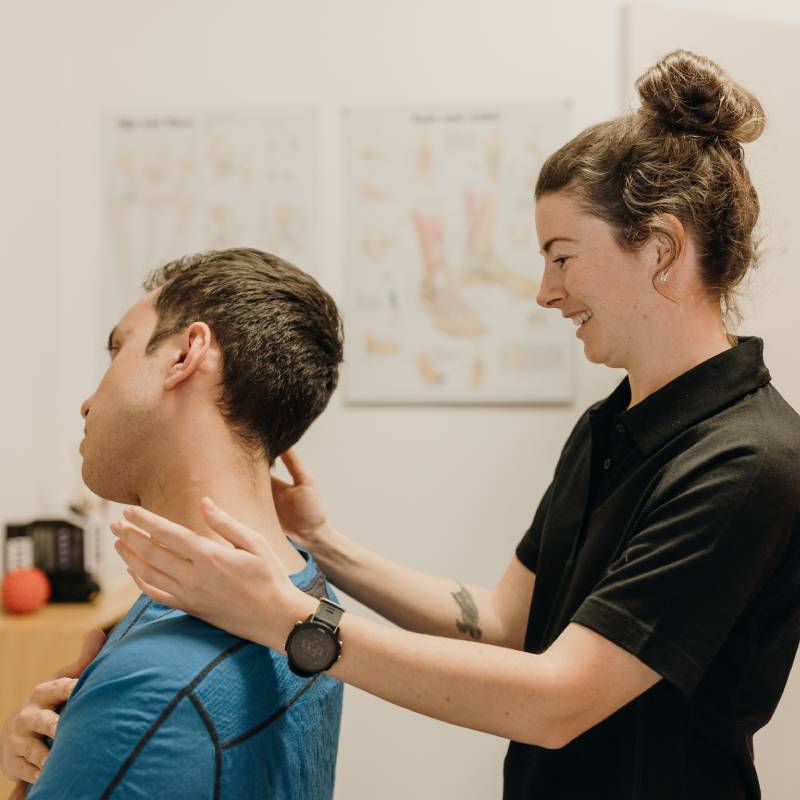Today, we’re delving into a common but often misunderstood condition that many women face post-pregnancy: Diastasis Recti or abdominal separation, known as “mummy tummy.”
What is Diastasis Recti And How Does it Occur?
Diastasis Recti is the separation of the abdominal muscles, specifically the rectus abdominis muscles, which run vertically along the midline of the abdomen. Normally, these muscles are held together by a connective tissue called the Linea alba. However, during pregnancy, the growing uterus puts immense pressure on this tissue, causing it to stretch and weaken. This results in the muscles separating, leaving a gap between them. Hormonal changes during pregnancy also contribute to the softening of connective tissues, making them more prone to separation.
It is important to know that Diastasis Recti/Ab separation is normal and happens in all pregnancies to allow the baby to grow!
What Are the Symptoms of Diastasis Recti?
Diastasis Recti doesn’t always present with obvious symptoms, but these are the most common signs to watch out for:
- Visible Bulge or Ridge: One of the most apparent symptoms is the presence of a noticeable bulge or ridge along the midline of the abdomen, particularly when contracting the abdominal muscles or during certain movements like sitting up from a lying position.
- Abdominal Weakness: Individuals with Diastasis Recti may experience weakness or lack of support in the abdominal region, making it challenging to perform everyday activities that require core strength, such as lifting objects or carrying children.
Why Are You Left with “Mummy Tummy” Post-Partum?
After giving birth, many women notice a persistent “mummy tummy” or bulge in their midsection. This is often a result of Diastasis Recti. For some women post-birth, this separation in connective tissue can spontaneously resolve quite well within the first few weeks and months. However, even after childbirth, some women will find that their abdominal muscles may remain separated, leading to a weakened core and a protruding belly.
What Can Be Done About It?
The good news is that Diastasis Recti can be treated and managed effectively with the help of physiotherapy. Here are some key strategies:
- Physiotherapy Assessment: A thorough assessment by a women’s and pelvic health physiotherapist can help accurately diagnose Diastasis Recti and determine its severity. This assessment may include measuring the width and depth of the abdominal separation, evaluating overall core function, and assessment of your pelvic floor strength and integrity.
- Postural Correction: Learning proper body mechanics and alignment principles can reduce unnecessary stress on the abdominal muscles and facilitate optimal core engagement during daily activities.
- Targeted Exercises: Specific exercises tailored to strengthen the deep abdominal and pelvic floor muscles, can help close the gap and improve core stability. A skilled physiotherapist can develop a customised rehabilitation program tailored to individual needs and goals.
- Manual Therapy Techniques: Hands-on techniques, such as myofascial release or scar tissue massage, may help to improve tissue mobility and support the healing process of the abdominal muscles.
- Breathing Techniques: Learning appropriate breathing techniques can promote relaxation of the abdominal muscles and aid in core activation.
- Education and Self-Care: A Pelvic Health Physiotherapist can provide individuals with knowledge about Diastasis Recti and strategies for self-care, such as avoiding excessive intra-abdominal pressure during activities and utilising a supportive garment, can enhance the effectiveness of treatment.
If you have any further questions on whether a pelvic physiotherapy assessment is for you, please feel free to contact us on info@libertyphysio.co.nz.







